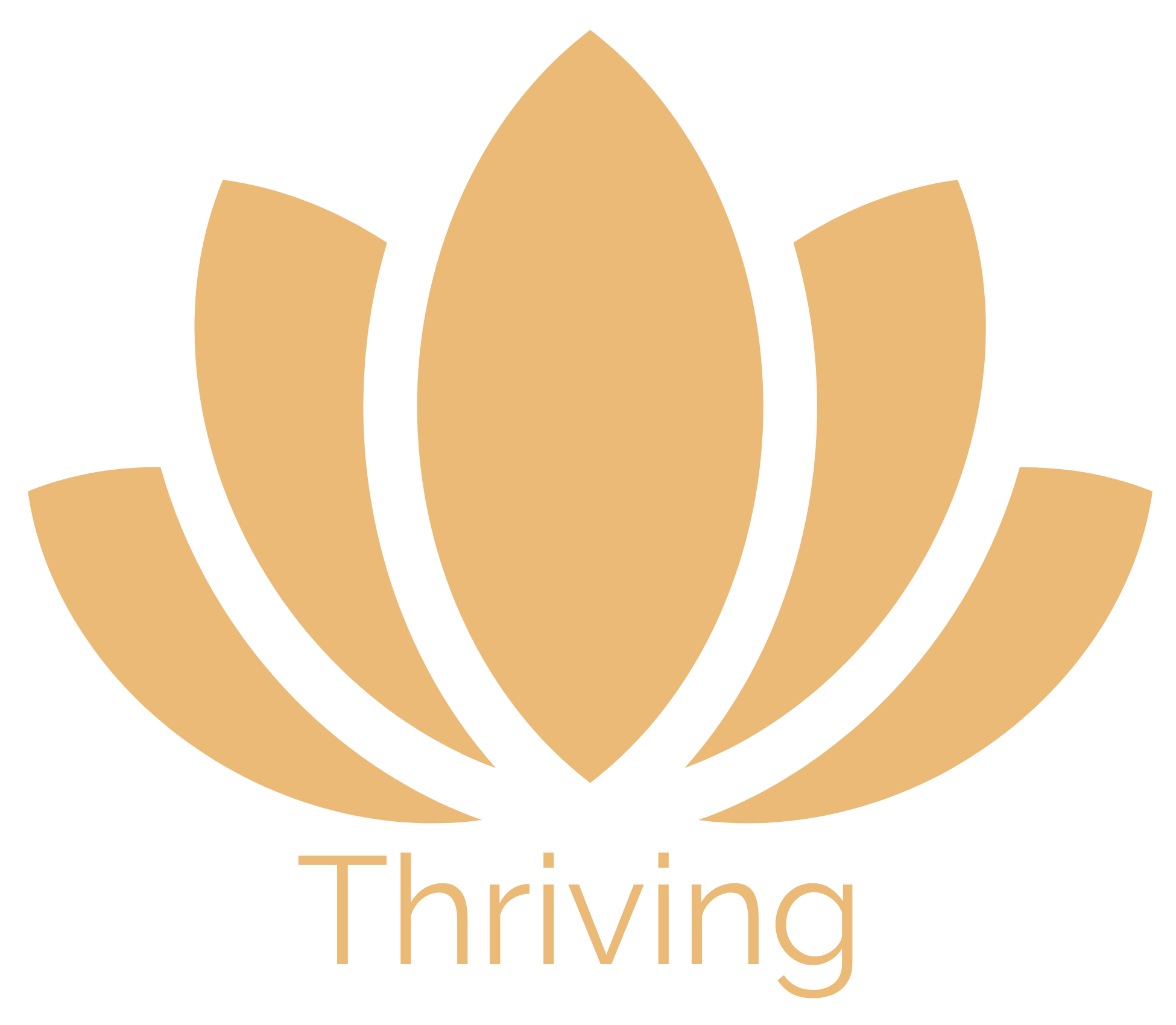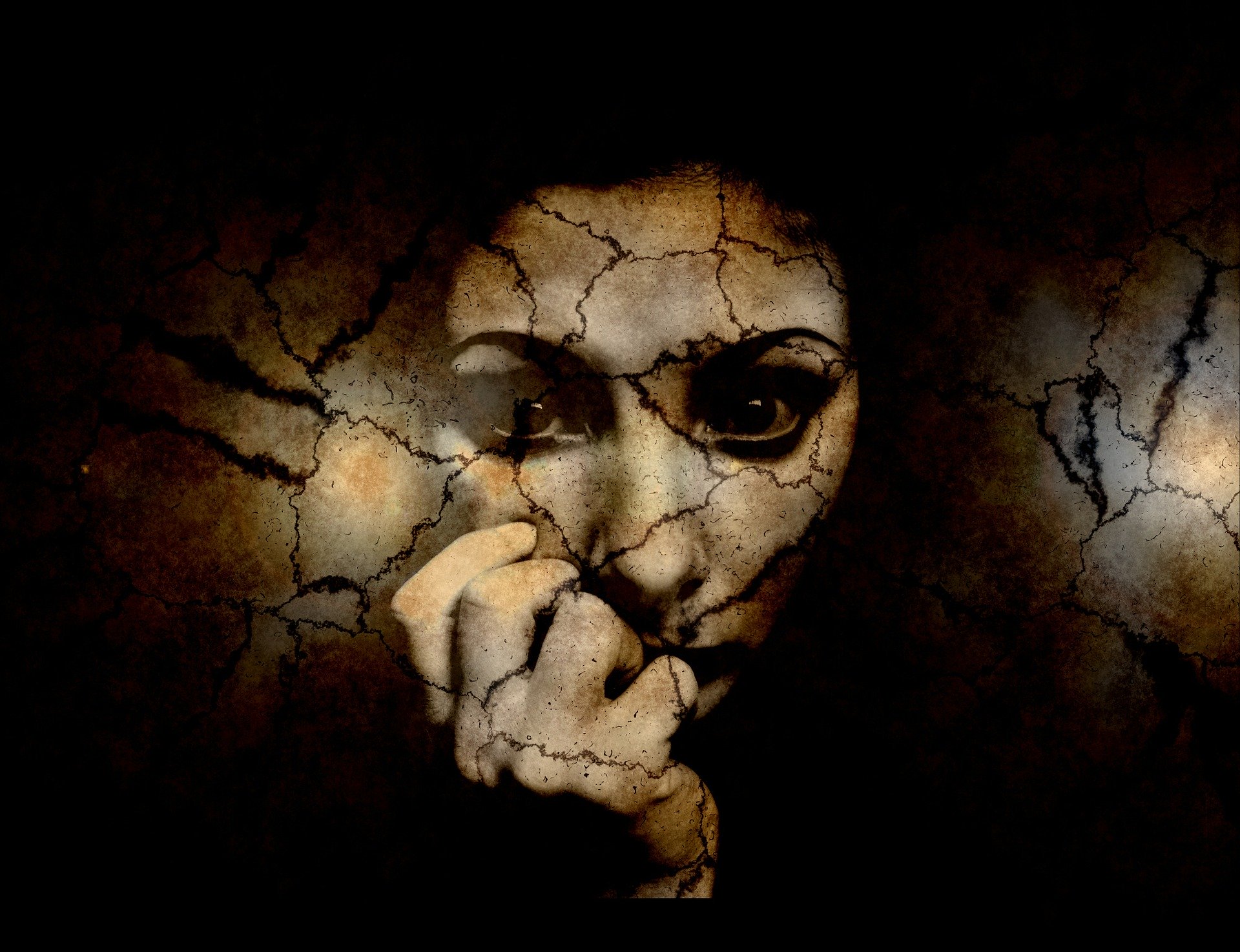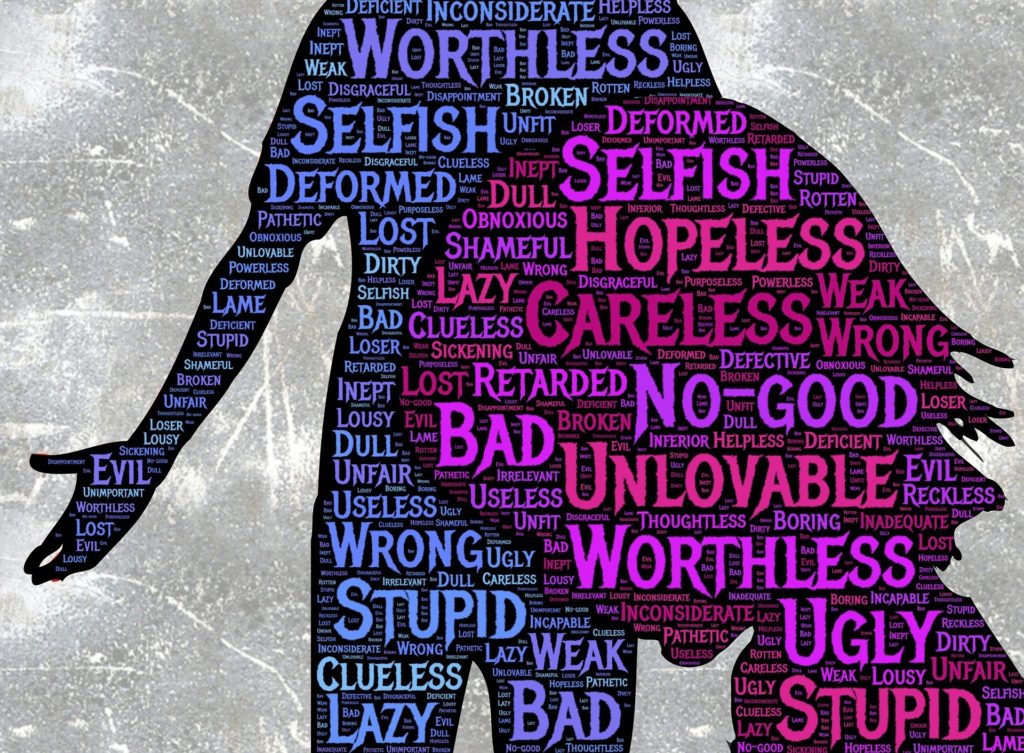Child Sexual Abuse (CSA)

This is me at about 5 years of age.
This is the face of child sexual abuse.
© Denise Bossarte
Child sexual abuse (CSA) is a form of child abuse with interactions between a child and another person where the child is being used for sexual stimulation of the other person.
The other person can be:
- an adult
- an older adolescent
- a person significantly older than the child
- or someone in a position of power or control over the child
CSA includes the following behaviors:
- engaging indecent exposure to a child with intent to gratify their own sexual desires or to intimidate or groom the child
- asking or pressuring a child to engage in sexual activities
- displaying pornography to a child
- or using a child to produce child pornography. (ref 1)
blank text
All sexual touching between an adult and a child is sexual abuse. Sexual touching between children can also be sexual abuse when there is a significant age difference (often defined as 3 or more years) between the children or if the children are very different developmentally or size-wise.
Sexual abuse does not have to involve penetration, force, pain, or even touching. If an adult engages in any sexual behavior (looking, showing, or touching) with a child to meet the adult’s interest or sexual needs, it is sexual abuse. (ref 2)
blank text
The Sexual Abuse Statistics Are Staggering
- 1 in 5 children is sexually abused before they turn 18 (ref 3)
- Every 9 minutes, child protective services substantiates, or finds evidence for, a claim of child sexual abuse. (ref 4)
- More than 1 in 3 women and nearly 1 in 4 men have experienced sexual violence involving physical contact at some point in their lives. (ref 5)
- The effects of child sexual abuse can be long-lasting, having a negative impact on children’s educational attainment as well as later job performance and earnings. (ref 6)
- Victims are more likely than nonvictims to experience mental health challenges: (ref 4)
- 80 percent of sexual assaults are committed by someone the survivor knows, such as a neighbor, family member, or romantic partner (ref 7)
blank text
Signs a Child or Teen May Have Been Sexually Abused
(ref 7 & 8)
- Sexually transmitted infections
- Genital injuries including bruising or bleeding
- Inappropriate sexual behavior or sexual knowledge
- Forcing sexual acts on other children
- Sexual components to drawings and games
- Unusual interest in or avoidance of all things sexual or physical
- Difficulty relating to others except in sexual or seductive ways
- Regressing to past habits such as bed-wetting or thumb-sucking
- New fear of removing clothing to change or bathe
- New fear of being alone at night or having nightmares; sleep problems, nightmares, fears of going to bed
- New discomfort or anxiety around certain adults
- Mistrust of adults
- Excessive worry or fear
- Extreme fear of being touched
- Extreme agitation or angry outbursts
- Secretiveness or unusual aggressiveness
- Neurotic reactions (obsessions, compulsiveness, phobias)
- Withdrawal from family and friends
- Suicidality
- Frequent accidents or self-injurious behaviors
- Habit disorders (biting, rocking)
- Refusal to go to school, or to the doctor, or home
- Unwillingness to submit to physical examination
- Prostitution
blank text
Read about “What are the Impacts of Sexual Abuse?” in the next blog post!
blank
Learn about what inspired me to create the Thriving After blog in my first post!
blank text
blank tex
(1) Sexual abuse. Retrieved from https://en.wikipedia.org/wiki/Sexual_abuse
(2) Defining Child Sexual Abuse. Retrieved from https://www.stopitnow.org/ohc-content/defining-child-sexual-abuse
(3) About the CDC-Kaiser ACE Study | Child Abuse & Neglect | CDC. Retrieved from https://www.cdc.gov/violenceprevention/childabuseandneglect/acestudy/about.html
(4) Children and Teens: Statistics. Rainin.org. Retrieved from https://www.rainn.org/statistics/children-and-teens
(5) National Intimate Partner and Sexual Violence Survey: 2015 Data Brief | Violence Prevention | CDC. Retrieved from https://www.cdc.gov/violenceprevention/datasources/nisvs/2015NISVSdatabrief.html
(6) Where We Stand: Cost, Consequences, and Solutions | National Alliance to End Sexual Violence. Retrieved from https://www.endsexualviolence.org/where_we_stand/costs-consequences-and-solutions/
(7) Sexual Abuse. Retrieved from https://www.psychologytoday.com/us/basics/sexual-abuse
(8) Trauma: Childhood Sexual Abuse. Retrieved from https://www.psychologytoday.com/us/blog/somatic-psychology/201303/trauma-childhood-sexual-abuse






